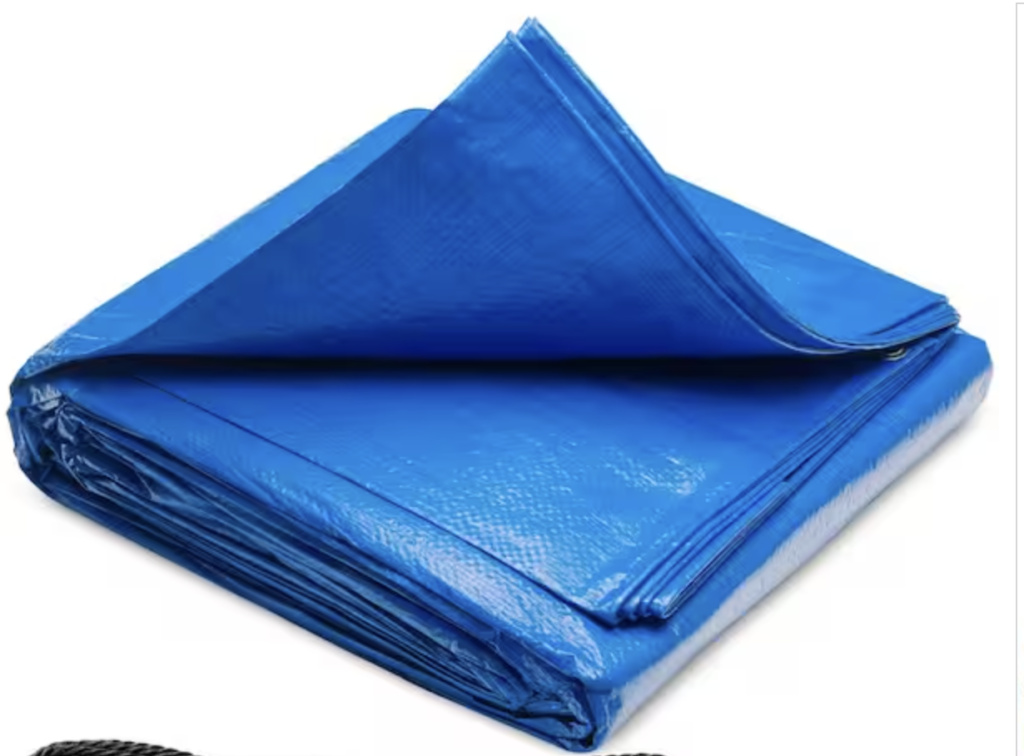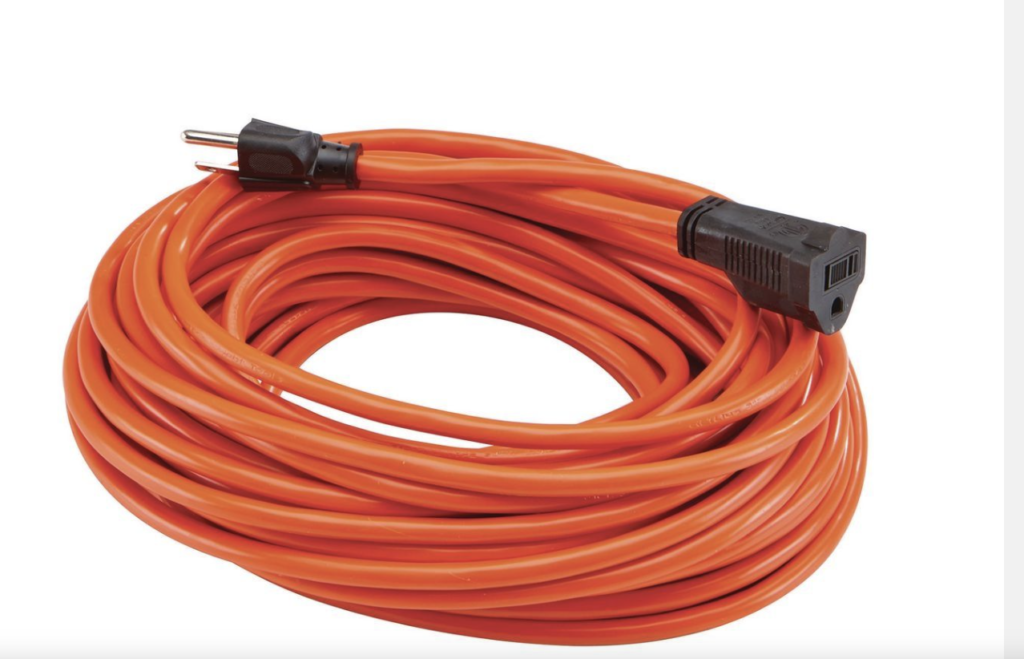Yellowing of a few leaves on a mirliton vine is normal and not necessarily caused by anything the grower did wriong. It’s usually caused by the stress of widely fluctuating soil moisture–intensive rains and droughts. You can’t control rain. Adding fertilizers won’t help and may hinder.
Yellowing of the bottom leaves on mature plants is another matter. It can happen because fungus splashes up from the soil and causes anthracnose disease. If the yellowing begins to move up the vine, it’s probably anthracnose. But there is nothing you can do to prevent that. There is no known preventative or cure for anthracnose. The fungus that causes it is in your soil all the time. The disease tends to flare up in hot, wet months, like August, but the vines usually recover by the fall. The good news is that each time your vine gets anthracnose, it will also develop increased immunity to the disease. So, an old plant is a healthy plant.
The main thing you can do to prevent disease is not over-water or under-water the vine—and the best way to avoid this is to test soil moisture with a soil sampler. Of course, you can grow a healthy mirliton without testing and knowing your soil moisture. But knowing your soil moisturel increase the odds of success in your favor.
Finally, should you remove the yellow leaves? Some people do and some don’t. I know of no scientific study about the benefits of removing the leaves. But if you think it helps, then prune off the dead leaves.
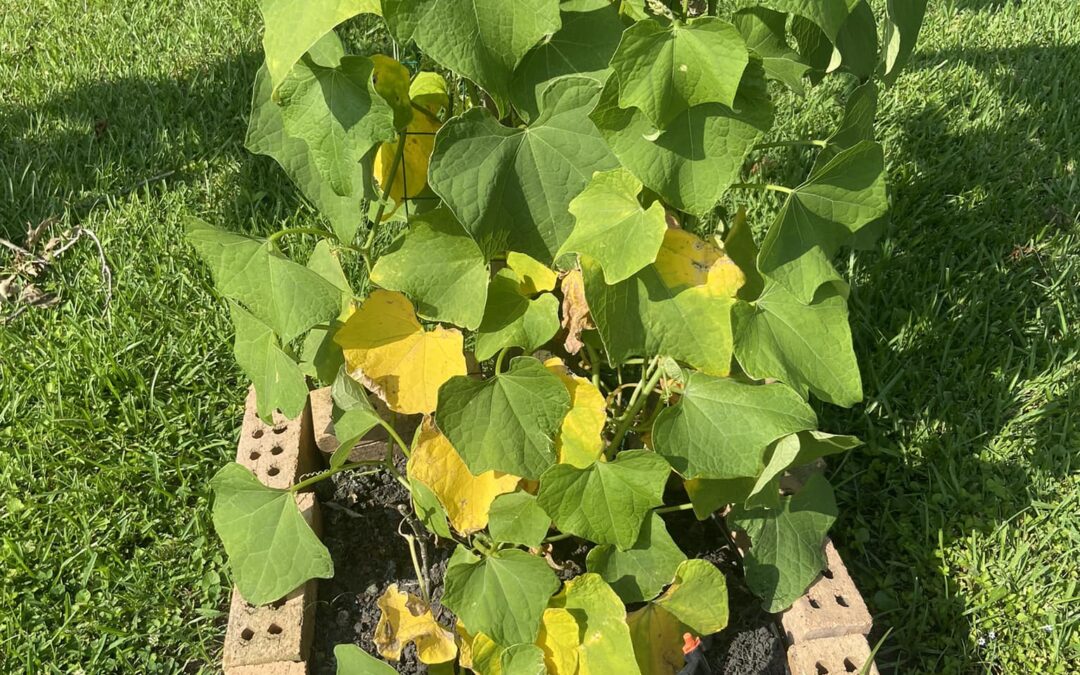

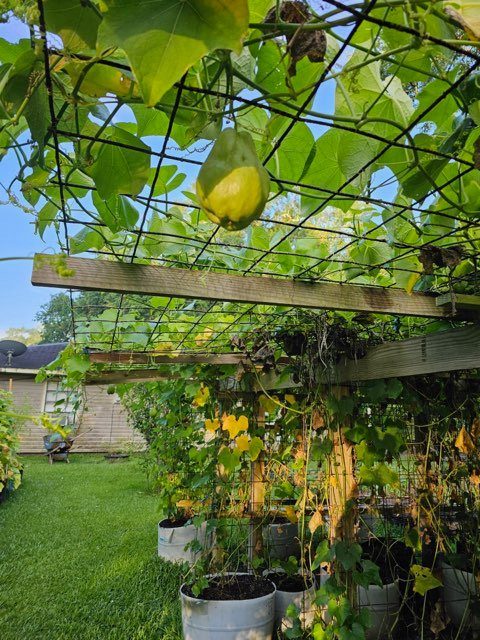
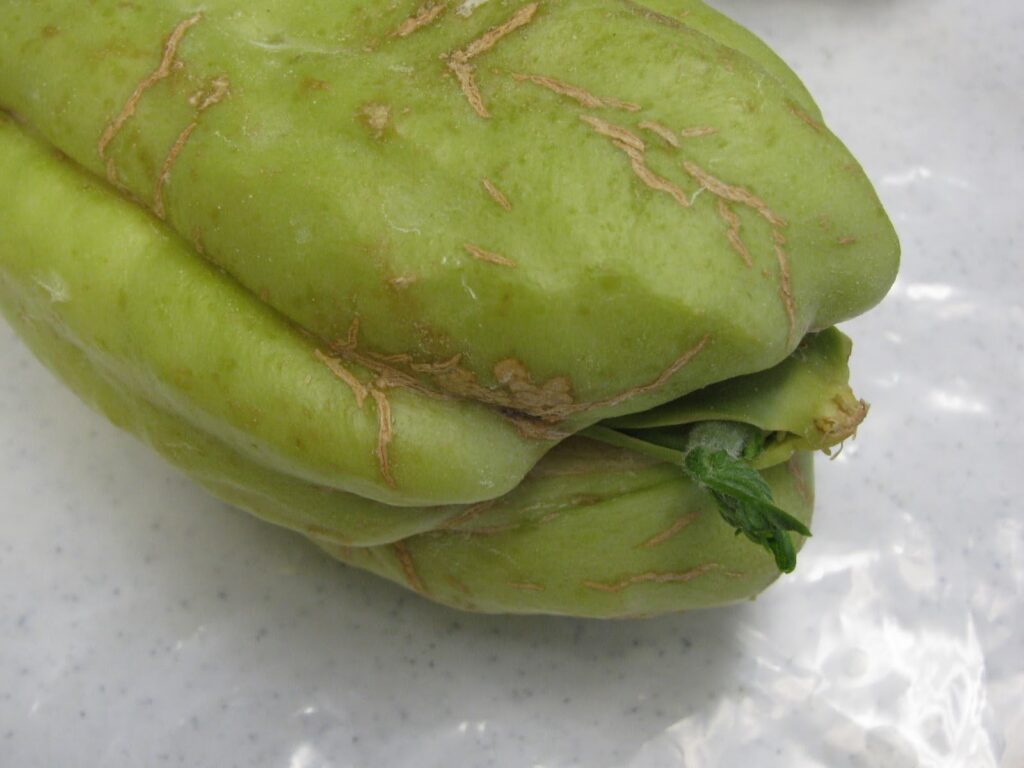

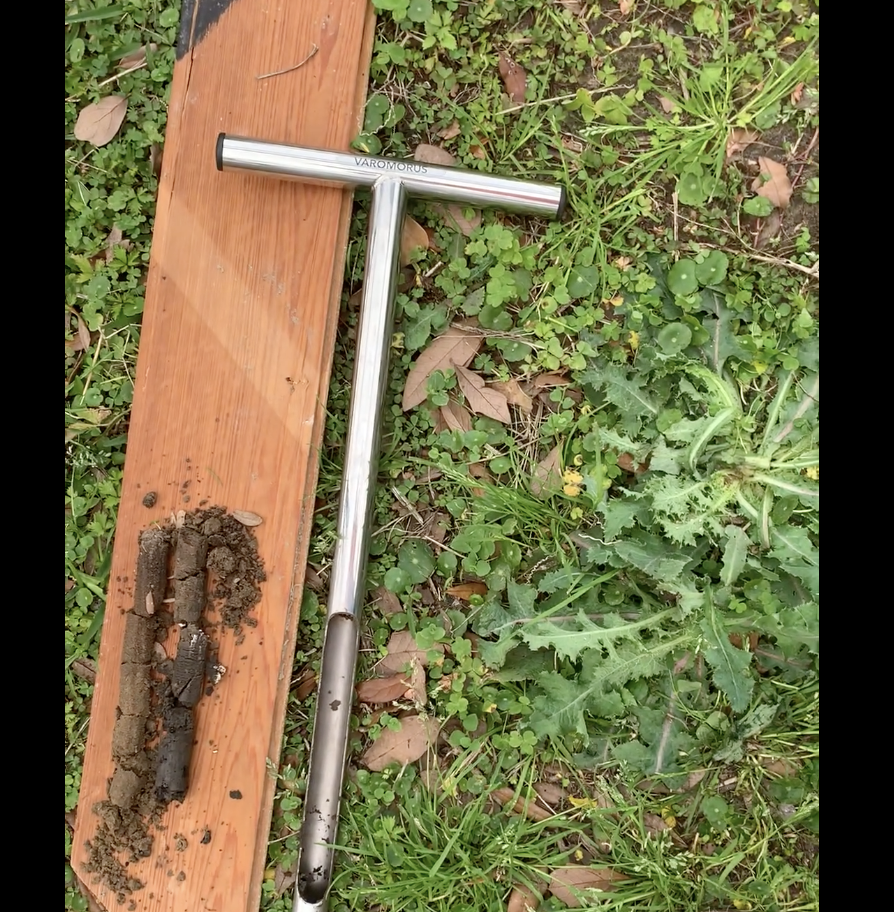 The soil sampler is the simplest way to see how much moisture your mirliton roots are getting. It’s the only quick, inexpensive way to see if you have over-watered or under-watered your vine. The “second knuckle” method of sticking your finger into the soil only tells you what the soil moisture is near the surface; that method does not work with mirlitons because the roots extend downward 8″. Electric meters are also ineffective because they measure electrical conductivity–not soil moisture. The only way to know the available soil moisture beneath your mirliton is to see and touch it, and that’s exactly what a soil sampler allows you to do. Mirliton growers in Brazil have used this method for years. James Leblanc shows you how to take a sample and check the moisture levels at root zone levels.
The soil sampler is the simplest way to see how much moisture your mirliton roots are getting. It’s the only quick, inexpensive way to see if you have over-watered or under-watered your vine. The “second knuckle” method of sticking your finger into the soil only tells you what the soil moisture is near the surface; that method does not work with mirlitons because the roots extend downward 8″. Electric meters are also ineffective because they measure electrical conductivity–not soil moisture. The only way to know the available soil moisture beneath your mirliton is to see and touch it, and that’s exactly what a soil sampler allows you to do. Mirliton growers in Brazil have used this method for years. James Leblanc shows you how to take a sample and check the moisture levels at root zone levels.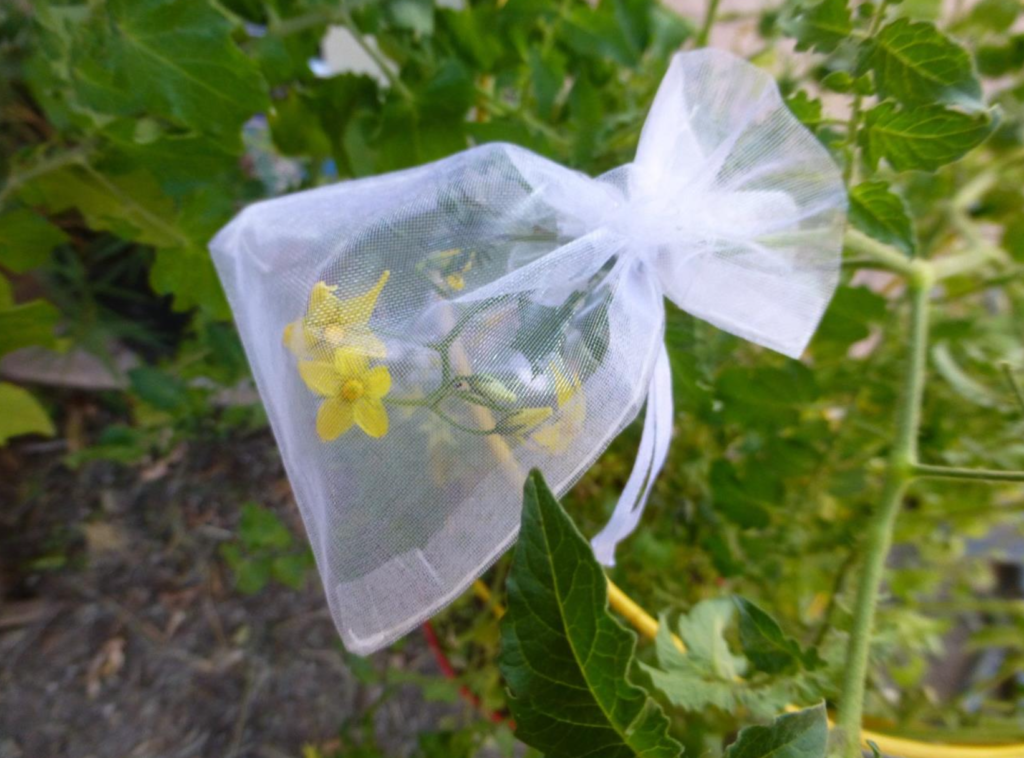
 Lee Flynn created and manages the Mirliton Seed Online Store, which she does as a volunteer. The store sells only certified Louisiana Heirloom Mirlitons. They are sold at cost, depending on the price that the grower charges (some are donated). Mirlitons are only available in season, and the quantity per order is limited so that everyone can obtain one. If we are out of stock, you will be put on a waiting list and be notified immediately when available. Click
Lee Flynn created and manages the Mirliton Seed Online Store, which she does as a volunteer. The store sells only certified Louisiana Heirloom Mirlitons. They are sold at cost, depending on the price that the grower charges (some are donated). Mirlitons are only available in season, and the quantity per order is limited so that everyone can obtain one. If we are out of stock, you will be put on a waiting list and be notified immediately when available. Click
